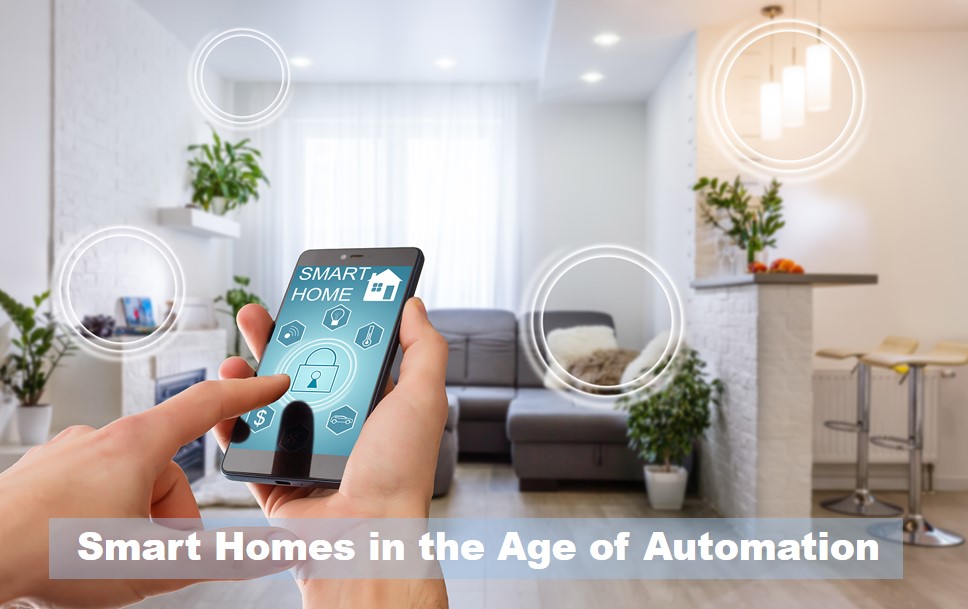In an era where environmental concerns are at the forefront, Zero Energy Homes (ZEHs) present a compelling solution for sustainable living. These homes, designed to produce as much energy as they consume over a year, embody a significant shift in how we think about energy consumption and residential living. By leveraging advanced building techniques and renewable energy sources, ZEHs offer numerous benefits for both homeowners and the planet. Zero Energy Homes represent a significant advancement in sustainable living. By combining energy efficiency with renewable energy production, these homes offer a practical solution to reducing energy consumption and environmental impact.
What Are Zero Energy Homes?
Zero Energy Homes are meticulously engineered to balance energy consumption with energy production. This equilibrium is achieved through a combination of energy-efficient construction methods, high-performance appliances, and renewable energy systems such as solar panels. The goal is to reduce energy demand to the point where the home can generate enough renewable energy to meet its needs, resulting in a net-zero energy footprint.
Zero energy buildings, or zero net energy buildings are constructed to successfully operate independent of the normal electric grid. Active solar panels and wind collectors are common solutions, while some buildings use biofuels for heating. Zero energy construction is most efficient in small communities where several homes can benefit from a shared renewable resource. Building a zero energy home is obviously no easy task. It’s not cheap, either, but some governments are slowly moving to support zero energy construction with subsidies to incentivize the green environmental benefits.
Key Features of Zero Energy Homes:
Energy-Efficient Design: These homes incorporate high levels of insulation, energy-efficient windows, and airtight construction to minimize energy loss. The design also often includes passive solar heating and cooling techniques to optimize natural energy use.
- Renewable Energy Systems:
Solar panels are the most common renewable energy source used in ZEHs. These panels can be installed on rooftops or other areas with maximum sun exposure, converting sunlight into electricity to power the home.
High-Performance Appliances: Zero energy homes utilize energy-efficient appliances and lighting to reduce energy consumption. This includes ENERGY STAR-rated refrigerators, washers, dryers, and LED lighting systems.
- Advanced HVAC Systems:
Heating, ventilation, and air conditioning (HVAC) systems in ZEHs are designed to be highly efficient, often incorporating heat recovery ventilators (HRVs) or energy recovery ventilators (ERVs) to reduce heating and cooling loads.

Benefits of Zero Energy Homes:
- Cost Savings:
While the initial investment in a Zero Energy Home may be higher than traditional homes, the long-term savings are substantial. Homeowners can significantly reduce or even eliminate their energy bills, making ZEHs a cost-effective option over time.
- Environmental Impact: By relying on renewable energy and reducing energy consumption, these homes contribute to lower greenhouse gas emissions. This helps mitigate climate change and reduces the overall carbon footprint of residential buildings.
- Energy Independence: Homeowners with ZEHs are less dependent on external energy sources. This independence can be particularly valuable during power outages or in areas with unreliable energy infrastructure.
- Increased Property Value: As awareness of environmental issues grows, homes with sustainable features are becoming more desirable. ZEHs often have higher resale values and can attract eco-conscious buyers.
Challenges and Future Outlook:
Despite their many benefits, zero energy homes face some challenges. The upfront cost of construction can be a barrier for some homeowners, and there may be a learning curve associated with maintaining and operating the energy systems effectively. However, as technology advances and the cost of renewable energy systems continues to decrease, ZEHs are becoming more accessible.
The future of zero energy homes looks promising. Governments and organizations worldwide are recognizing the importance of sustainable building practices and are offering incentives and rebates to encourage the construction of ZEHs. Additionally, ongoing research and development are driving innovations in energy-efficient building materials and renewable energy technologies.
By
Editorial, Infocus


